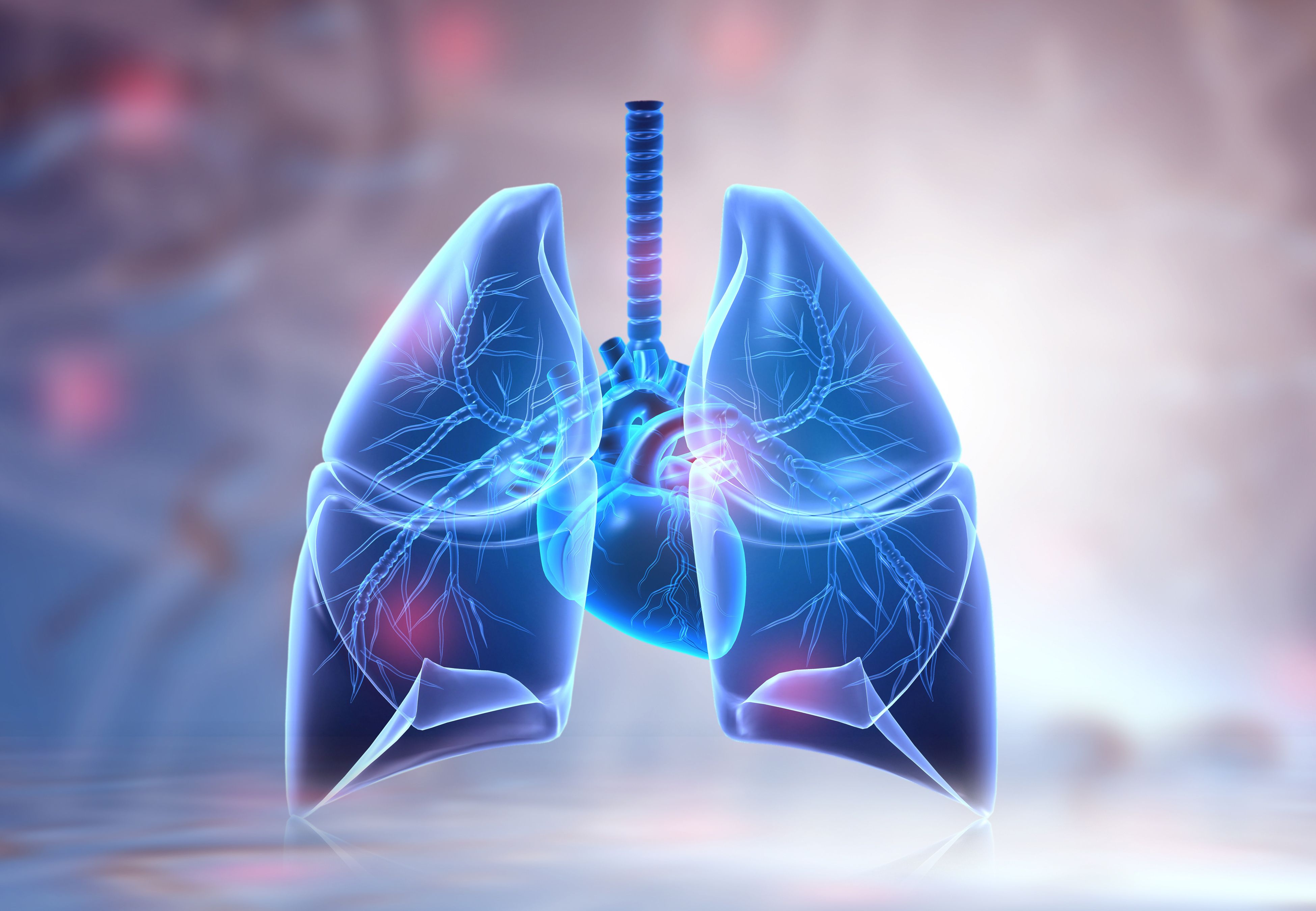- Center on Health Equity & Access
- Clinical
- Health Care Cost
- Health Care Delivery
- Insurance
- Policy
- Technology
- Value-Based Care
PAH Therapies Had Favorable Outcomes When Used in Patients With COVID-19
A multidisciplinary approach is needed in patients with pulmonary arterial hypertension (PAH) who contract COVID-19, as they may experience worse outcomes.
Patients with pulmonary arterial hypertension (PAH) who contracted COVID-19 could experience worse outcomes, even as early trials have found that some therapies approved to treat PAH have helped treat COVID-19, according to a review published in Respiratory Medicine and Research. Patients with PAH who have COVID-19 should thus be treated with an aggressive, multidisciplinary approach.
The most common risk factors for adverse outcomes in COVID-19 include age, male sex, and obesity, with cardiovascular disease and respiratory system disease also coming into play as risk factors. PAH is a vascular disease that features increased pulmonary artery pressure and vascular resistance, which could lead to heart failure and death. Some patients with PAH reported facing difficulties in accessing treatment at their local medical centers in the early stage of the pandemic, which could have led to unfavorable outcomes. This review aimed to assess the relationship between PAH and COVID-19, including the clinical characteristics, outcomes, and the concept of PAH occurring after COVID-19. This also included clinical trials that looked into therapies for PAH being used to treat COVID-19.
Lungs and Heart | Image credit: Rasi - stock.adobe.com

A previous study found that precapillary PAH was associated with high mortality (23%) in patients with COVID-19 who were admitted to the hospital; patients with PAH also had a high hospitalization rate of 60%. Mechanical ventilation rates were also found to be high in a separate study of patients with PAH who were admitted to the hospital for COVID-19. These studies, however, were done prior to vaccines becoming more widely available.
Clinical outcomes of patients with PAH who were or were not treated for COVID-19 were compared in a separate study of 566 patients. Higher rates of all-cause hospitalization, all-cause mortality, and need for mechanical ventilation were found in patients with PAH and COVID-19 compared with patients with PAH without COVID-19.
Effects of COVID-19 could be long term, according to some studies. Pulmonary embolism had a high pooled incidence rate of 16.5% as a complication of COVID-19. A separate study had found that damage to the cellular components of the pulmonary vascular wall occurred after COVID-19 infection, which could resemble the damage found in PAH; however, PAH has not been found to be an effect of COVID-19. A meta-analysis of 16 studies also found that symptoms of PAH, such as right ventricular dysfunction, were found in COVID-19 cases. Other patients in a study presented with symptoms of PAH after COVID-19 after being admitted for acute respiratory failure. Follow-up of these patients in the long term is needed to identify type and prevalence of PAH and chronic thromboembolic pulmonary hypertension after COVID-19.
Endothelin receptor antagonists, prostacyclins, and phosphodiesterase type 5 inhibitors have all been used to treat PAH. There are 2 clinical trials that have used these treatments to treat COVID-19. One study used prostacyclin to treat patients with COVID-19 who were mechanically ventilated. The researchers found that the 28-day mortality rate and the mean sequential organ failure assessment score through 90 days were lower in patients who took prostacyclin compared with placebo. A second study used sildenafil in patients with COVID-19, with patients using mechanical ventilation excluded from the study. A shorter median length of hospital stay was found in patients who took sildenafil, and incidence of mechanical ventilation was 0% in the sildenafil group compared with 20% in the placebo group.
The authors concluded that patients with PAH had worse outcomes in COVID-19, which included high rates of hospital admission and mortality. Patients without PAH may be susceptible to PAH after COVID-19 due to pulmonary vascular remodeling. Treating COVID-19 with treatments more commonly used for PAH has also been promising. However, there is a lack of studies that look into all of these areas. Further studies that confirm effectiveness of PAH treatments in COVID-19 and that establish the relationship between COVID-19 and PAH could be beneficial for the treatment of both diseases.
Reference
Charif F, Dakroub F, Akl IB, Kularatne M, Montani D. Pulmonary arterial hypertension and COVID-19: piecing the puzzle. Respir Med Res. 2023;84:101053. doi:10.1016/j.resmer.2023.101053
